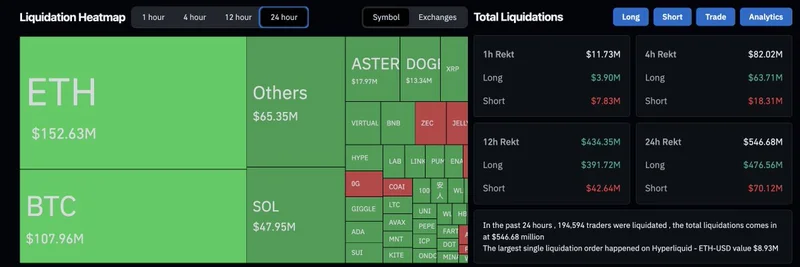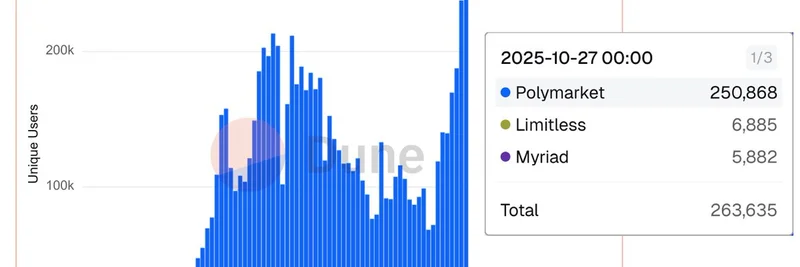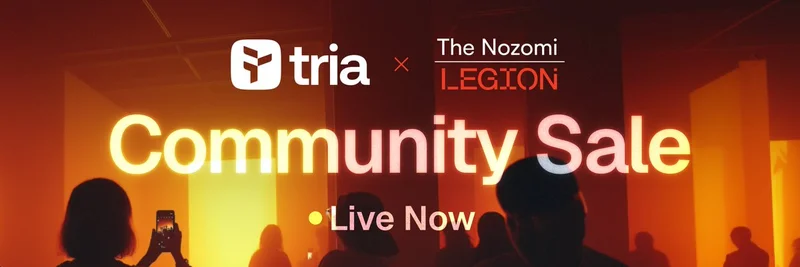If you're deep into the Solana meme coin scene, you've probably heard the buzz around BOZO—the meme token that's blending internet culture, experimental DeFi, and NFTs in a way that’s hard to ignore. Let’s break down what makes BOZO unique, how its ecosystem works, and what practitioners should know before getting involved.
What is the BOZO Token?
BOZO (token address: BW8ejBnHKPGBZsQN6aoGdR83Vccrw41KD34ph3nfbonk) is a meme coin native to the Solana blockchain, closely tied to the Bozo Collective. Unlike many projects chasing technical milestones, BOZO’s roots are firmly planted in meme culture and community engagement, thriving on humor, inclusivity, and collaborative energy.
It's important not to confuse this token with similarly named assets on other chains like Bitcoin Ordinals. We're focusing on the Solana-native BOZO only.
Inside the Bozo Collective Ecosystem
The Bozo Collective isn't just a bunch of memes—it’s building out a lively and functional set of tools and platforms around BOZO, including:
- BozoSwap: Their own decentralized exchange (DEX) for simple, secure token swaps, likely using automated market maker (AMM) tech.
- BOZOsniper: A tool for efficiently trading SPL tokens on Solana.
- BozoWheel: An on-chain game where you can deposit BOZO for a chance to spin and win prizes.
- Bozo Council: A decentralized autonomous organization (DAO) enabling token holders to take part in governance decisions.
- Bozo Marketplace: An NFT marketplace for trading digital assets linked to the BOZO ecosystem.
A portion of revenues from these dApps is used for token burns, designed to make BOZO deflationary over time.
Tokenomics Snapshot
Supply:
- Total Supply: ~93 to 100 trillion BOZO tokens
- Circulating Supply: Varies by source—estimates range from 70 to 93 trillion
- Holders: Over 56,000 as of July 2025 (different platforms may list slightly different numbers)
Deflationary Mechanics:
Revenue from ecosystem applications goes toward buying and burning tokens, gradually reducing supply. There's also a “Hybrid NFT” system:
- Each special NFT is backed by $BOZO tokens (for example, 800,000 BOZO per NFT, or about 0.1% of total supply).
- This NFTxTOKEN model allows NFTs and tokens to be swapped in either direction, creating a liquidity “bridge” and offering extra utility or exit options for holders.
- All of this is managed through decentralized “benk vaults,” keeping things trustless and permissionless.
This hybrid approach makes BOZO stand out among meme coins, offering practical DeFi mechanisms while keeping things light and fun.
Trading and Market Performance
Where to Trade:
Market Data (as of July 23, 2025):
- Price: $0.000000000544 (BOZO/SOL pair on Raydium)
- Fully Diluted Valuation (FDV): ~$50,800
- Liquidity Pool: ~$24,000 (with 92.56% locked)
- Recent Surge: BOZO’s market cap reportedly jumped more than 5x in a month, reflecting classic meme coin volatility.
- Trading Volume: Highly variable, often depending on social sentiment and market mood.
Biggest holder is the Raydium contract (22.27T BOZO, or $12,118.30 worth)—a common setup for liquidity management.
Community and Social Pulse
A massive part of BOZO’s story is its thriving community. With active groups on X (formerly Twitter), Telegram, and Discord, the “Bozos are Better” ethos is everywhere—memes, events, debates, and transparent updates.
BOZO’s growth has been 100% organic—no KOL hype, no shadowy cabals—just word of mouth and meme magic.
Technical Innovations: The NFTxTOKEN Hybrid
The bozoHYBRID system is BOZO’s claim to DeFi fame. Here’s how it works (in plain English):
- Each NFT is tied to a chunk of BOZO tokens, and vice versa.
- You can swap between NFTs and tokens trustlessly. If NFTs get too cheap compared to tokens, traders arbitrage the gap, maintaining price balance.
- This is executed directly on Solana, taking advantage of the chain’s low fees and speed.
There’s talk of “privacy enhancements” for wallet balances and transactions on platforms like Phantom, but these features aren’t confirmed in detail yet—so treat such claims as speculative for now.
Solana Blockchain: Pros and Cons for BOZO
Strengths:
- High scalability, low transaction costs, and speedy settlement—ideal for gaming, trading, and high-frequency DeFi apps.
Weaknesses/Risks:
- Solana has experienced notable network outages (17 hours in September 2021, 6 hours in October 2022), sometimes affecting DEX and NFT activity.
- Regulatory pressure: The SEC has alleged SOL could be a security, which could impact the whole Solana ecosystem—including meme tokens.
- Volatility: BOZO is driven by memes, not cash flow or business utility. This means wild price swings are the norm, not the exception.
Risks, Disclaimers, and Due Diligence
BOZO is a meme coin, and most sources—including the project's own—are clear:
BOZO is a meme coin with no intrinsic value or guaranteed financial return. There’s no formal team or roadmap. It’s for entertainment and community fun.
That said, the Bozo Collective has built out a surprisingly robust ecosystem, merging DeFi and NFT features. But as with all meme coins, you should:
- Do your own research.
- Understand that value is driven by sentiment and participation.
- Never invest more than you can afford to lose.
- Consult a financial advisor if you’re thinking of making a substantial investment.
Final Thoughts
BOZO on Solana is much more than a meme coin: it’s a vibrant experiment in merging community, NFTs, and decentralized finance—all with a self-aware sense of humor. If you’re looking for a project that embodies the culture (and risks) of the Solana meme economy, BOZO and the Bozo Collective are well worth keeping an eye on.
Learn more and follow the journey via the Bozo Collective website, BozoSwap, and GeckoTerminal.
Disclaimer: This article is for informational purposes only and should not be considered financial advice. Always do your own due diligence.




